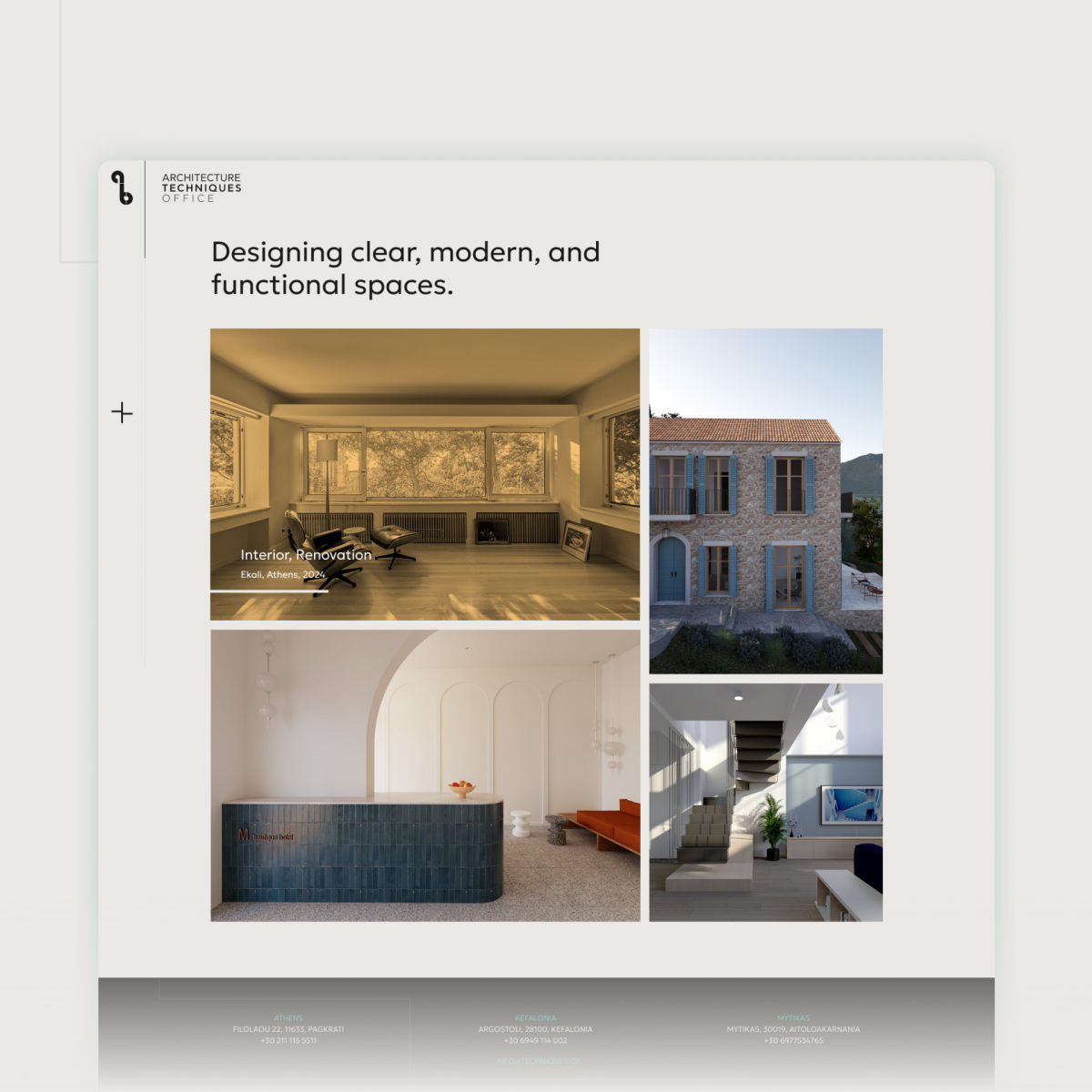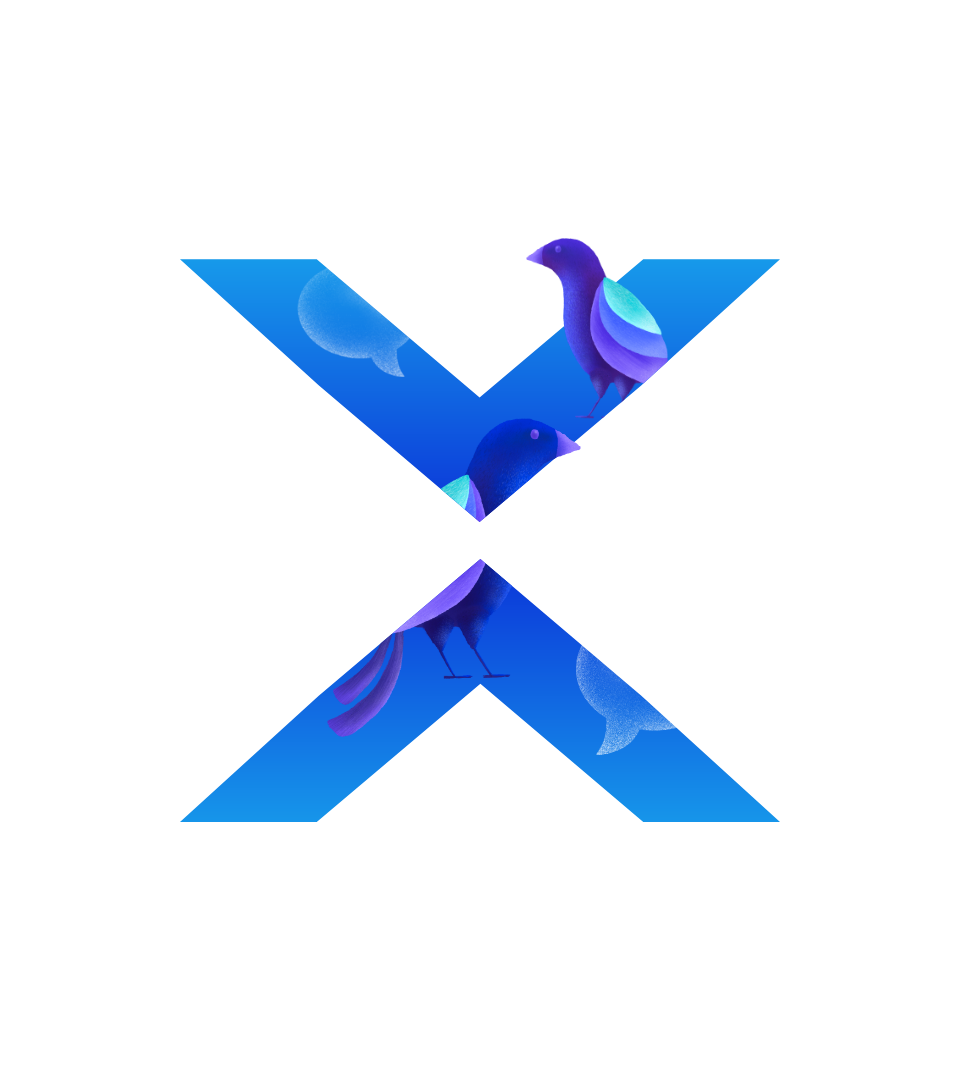What would it take for someone to download yet another app?
In the ever-evolving digital landscape, where new apps seem to emerge every day, the art of convincing someone to download yet another app has become a nuanced dance between functionality, trust, and aesthetics. As someone deeply immersed in the realm of design and technology, I find myself constantly grappling with this conundrum.
I obviously consulted with ChatGPT before writing all that. At first, I processed its answers and mostly agreed. After all, I just got it - after months of trying - to call me its friend (I will provide, at another time, information on how to prepare for when it takes over the world). But AI just isn’t a Gen-Z girlie constantly getting system notifications that their storage is almost full. Sadly, I had to figure this out by myself and I needed a time log for it to justify my employment. So here I am, writing this for the public, rejecting modernity (Chat GPT) and embracing tradition (actual research and thinking). Getting started on my thought process, the most logical conclusions would probably vary between marketing and the features offered. I get it. We’re writing that down. But nowadays Tupperware is being sold on TikTok and there is no virgin birth in art - and product design.
Exploring the Depths of User Connection
Scrolling through my social media feeds filled with app advertisements and enticing promotions, it struck me that beyond the superficial allure of flashy banners and catchy slogans, there's an innate human desire for connection and reliability. In a world brimming with options, users seek something more profound—an emotional resonance with the digital tools they choose to invite into their lives.
To be completely honest, I am not the best of friends with the marketing department, and its whole thing for information overload. I can silently appreciate the accomplishments of cookies and even smile with a particularly well-thought campaign, but I refuse to fall for their tricks. As a chronically online person myself, I have to believe that at least, I get addicted by choice and not by someone’s convincing strategy. That’s why I prefer to trust word of mouth, App Store reviews, and Reddit before downloading anything. In this era of clickbait, transparent communication about the app's purpose, features, and benefits is crucial. Clear and concise app descriptions, supported by engaging visuals and user testimonials, help users understand what sets the app apart. Transparency also extends to the app's data usage policies and privacy practices. Users are (finally) more likely to download an app if they feel assured that their data will be handled responsibly and ethically.
As a designer, I find solace in the idea that designing an app isn't just about creating a product, it's about crafting an experience that resonates with the user's soul. It's about understanding the subtle nuances of human behavior and emotions and translating them into intuitive interfaces and captivating visuals. A well-designed app isn't just a tool; it's a companion, a confidant, even a source of inspiration.
The Soulful Language of Design
When asked what I do for work, I’m torn between using words such as product design, interface, and prototyping, or choose the easy way out: “I create websites and apps”. Of course, then, everyone assumes I can code. After denying the assumption and between the disappointed looks, I end up thinking I just make things pretty, and maybe there lies the answer to my question. I like to think I still have free will and I won’t go off buying whatever comes in pretty packaging. But then again, I happen to have a Graphic Design degree. And I’m concluding to the fact that in the saturated landscape of apps and digital services, the aesthetic appeal of an app can make a substantial difference. Simply put, aesthetics matter.
An app with a visually pleasing and cohesive design can leave a lasting impression. But branding extends beyond visual elements; it embodies the app's personality, values, and the emotional connection it establishes with users. A strong brand identity creates trust and credibility. Users are more inclined to download an app from a brand they recognize or perceive as reliable. Brand consistency across various touchpoints, including the app store, promotional materials, and social media, reinforces the app's identity and fosters a sense of familiarity.
However, as designers, our role extends far beyond merely creating visually appealing interfaces or functional products. We are custodians of user experiences, responsible for shaping how people interact with the digital world. One must empathize with their targeted users, understanding their needs, frustrations, and aspirations. For me, the primary task is to solve real-world problems. Whether it’s simplifying a complex task or just providing another service for enhanced communication, the design must address genuine issues users face. Problem-solving is the core of our profession.
Navigating the Complexities of Digital Impact
As a user with over 5 hours of screen time per day (please ignore this, mom), my biggest struggle in the online world is ethics. Ethical considerations are paramount. The ones that call the shots must begin making ethical decisions, especially concerning user privacy, data security and the overall impact of their products on society. Such responsible practices uphold users' trust and safeguard their digital well-being, and even though sadly it’s not the designer’s call, the least we can do is advocate for them. Another crucial aspect of design is ensuring our creations are accessible to everyone, including people with disabilities. Prioritizsing accessibility ensures that our designs can be used by a diverse range of people, fostering inclusivity and equal access to information and services.
Transforming Intentions into User Experiences
To conclude, in the whirlwind of app overload and digital overstimulation, convincing a weary Gen Z to download yet another app demands more than flashy banners and catchy slogans. It requires a delicate balance between functionality, trust, and aesthetics, acknowledging the deeper human desire for connection and reliability in the digital realm. Transparency becomes the bedrock of this endeavor. I've come to appreciate that designing an app transcends aesthetics—it's about crafting an experience that resonates on a profound level, understanding human behavior, emotions, and solving real-world problems. Aesthetics do matter, but so do ethical considerations, data security, and accessibility.
In this fast-paced digital world, where trends fade as quickly as they emerge, the key to creating something that really matters lies in creating a genuine connection. It's about infusing the essence of humanity into lines of code and pixels on a screen where every interaction must contain intention and purpose. For in the realm of apps, where the competition is fierce and fleeting, it is the ones that forge connections that truly stand the test of time. And so, we should design, not just for the present, but for the future—a future where every download is not just a transaction but a moment of connection, a moment that reminds us of our shared humanity in the vast expanse of the digital universe.









